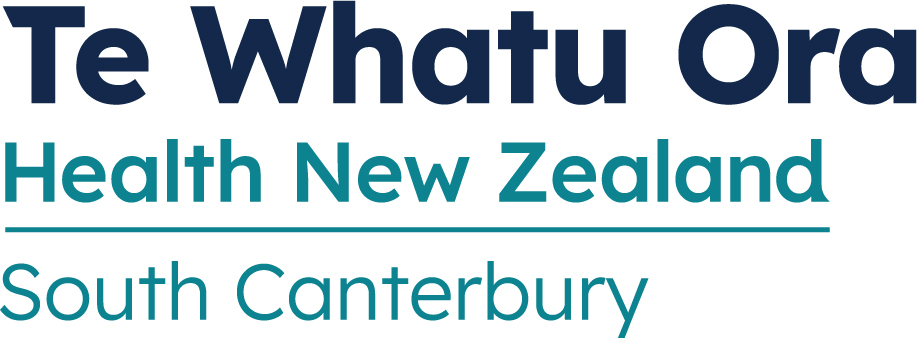* This health warning has been lifted on 4 April 2024
Health Warning – Algal Bloom in the Pareora River/Pureora at SH1 Bridge
Te Whatu Ora has issued a health warning for the Pareora River/Pureora at SH1 Bridge.
The warning follows finding moderate to high cover of toxic algae (benthic cyanobacteria) in the Pareora River/Pureora.
People should avoid the area and animals, particularly dogs, should not be allowed near the water until the health warning has been lifted.
There are also other access points along the Pareora River/Pureora that may have benthic cyanobacteria present. People are advised to treat every low-flowing river cautiously, check for the presence of benthic cyanobacteria and avoid contact.
Dr Matthew Reid, Medical Officer of Health for the National Public Health Service, says the algae looks like dark brown to black mats and can produce toxins harmful to people and animals.
“Exposure may cause skin rashes, nausea, stomach cramps, tingling and numbness around the mouth and fingertips.”
“If you experience any of these symptoms, visit your doctor immediately, also let your doctor know if you’ve had contact with dark brown/black algal mats or water in this area”, Dr Reid says.
Pets that show signs of illness after coming into contact with algal mats should be taken to a vet immediately.
People and animals should remain out of the waterways until the warnings have been lifted.
Environment Canterbury is monitoring the sites and the public will be advised of any changes in water quality.
The following sites in South Canterbury currently have temporary health warnings in place:
- Pareora River/Pureora at Pareora Huts
- Hae Hae Te Moana River at Gorge
- Waihao River at Bradshaws Bridge
- Waihao River at Gum Tree Road (Don’s Hole)
- Opihi River at SH1
- Opihi River at Grassy Banks
- Opihi River at Saleyards Bridge
- Opihi River at Raincliff Bridge
- Temuka River at Manse Bridge
- Temuka River at SH1 Bridge.
Facts about benthic cyanobacteria:
- Appears as dark brown/black mats attached to rocks along the riverbed
- A low cover of the algae can occur naturally but can increase rapidly during warmer months. Algal blooms are influenced by a combination of available nutrients in the water and sediments (such as nitrogen and phosphorus), a sustained period of low and stable flows, and favourable weather conditions (e.g. increased temperature, calm days)
- It often has a strong musty smell and algal toxin concentrations can vary over short periods
- Although high river levels will remove the algal bloom, detached mats can accumulate along the shore and increase the risk of exposure to toxins
- If a health warning is in place avoid contact with the water
- Although district or city councils may place warning signs, these may not be seen at the numerous river access points, hence the need for people/ dog-walkers to treat every low-flowing river cautiously.
For further details visit:
https://www.lawa.org.nz/explore-data/canterbury-region/
Or contact Te Mana Ora | Community and Public Health on (03) 364 1777 or visit https://www.cph.co.nz/your-health/recreational-water/
For more information about Mahinga Kai:
https://www.cph.co.nz/wp-content/uploads/saf0112.pdf
ENDS
For further information, contact:
Karen Berry
Communications Manager
Te Whatu Ora South Canterbury
021 139 7442
kberry@scdhb.health.nz
